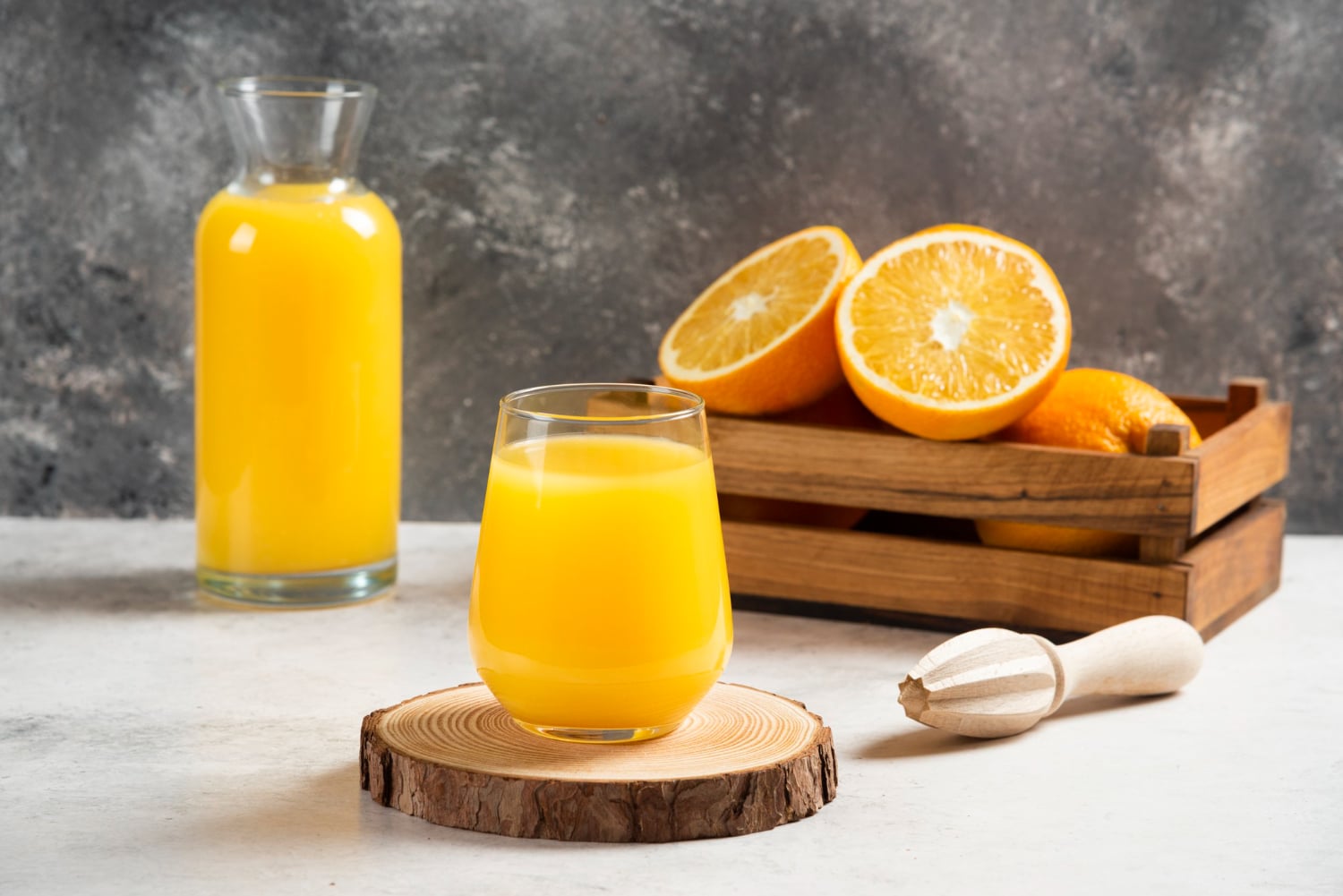We have all enjoyed the sweet goodness of commercial orange juice, and many of us also grew up drinking OJ in the morning (or any the day).
However, with the proliferation of commercial juicers, both manual and motorized, it appears that fresh orange juice is now more accessible to a large number of people if you are interested in creating fresh orange juice at home because you like the flavor or because you want to reap the benefits of juicing.
Either way, you need to know that not all oranges produce the same volume of juice, as oranges have slight differences in the natural design. Today’s blog is all about orange types and which ones are best for fresh juicing.
A note about limonin:
When you eat an orange, you may have noticed a slightly bitter aftertaste to it, which mixes with the acidity and the natural orange flavor.
This bitter flavor comes from limonin, a phytonutrient or antioxidant found in orange cells. When you bite into an orange segment, the limonin is liberated, and that’s when you taste it.
Despite being a super nutrient, limonin doesn’t taste good because it is naturally bitter.
The downside to juicing fresh oranges is that any limonin present in the juice will eventually spread to the entire batch of fluid. Finally, you will have the naturally bittersweet orange juice, as if you have eaten a fresh orange.
If you want to avoid making orange juice that is too bitter from limonin, experts agree that the limonin content of oranges dissipates as oranges mature. Therefore, late-season or riper oranges are more likely to be sweeter than early-season oranges.
If you buy your oranges from the organic market, you can probably ask the stall owner about the ripeness of the oranges. The stall owners in organic markets are usually the farmers too, and you can bet that they will be willing to share an expert insight about their product or two!
Which Orange Is Best for Juice?
The best orange variety for juicing will have to be navel oranges. Navel oranges are well-loved globally, and they’re also easily accessible.
Navel oranges are perfect for both juicing and eating. These oranges are typically picked and packed two months after they peak with their limonin content.
If you happen to find navel oranges that were packed the same month they were picked, you will end up with a high degree of bitterness.
Various sites consistently rank navel oranges as a 4/5 for sweetness and only a 2/5 for bitterness.
Navel oranges also garnered a consistent 5/5 for juiciness or juice volume and 5/5 for being an affordable choice for large-quantity juicing.
Next on our list are clementine oranges. Clementine oranges are excellent for snacks, and they also produce slightly different flavor-wise juice, in contrast with navel oranges.
The downside to picking clementine oranges is they are also consistently smaller than navel oranges, so you will have to juice more oranges to get more juice in the end.
Pro tip: if you like the flavor of clementine oranges but would like more volume, why not mix the juice of navel oranges and cementing oranges? That way, you can produce more fresh juice and store them in the refrigerator for use later on.
If you want an orange variant from outside the continental USA, there’s always the Satsuma.
The Satsuma is notable for having a sweet and refreshing flavoring and for being very easy to peel. This orange type is excellent for making fresh juice, but these are only slightly bigger than clementine oranges, so you need to buy more if you plan to drink more than a few glasses.
Also, don’t forget to refrigerate your fresh batch of juice because fresh orange juice spoils more quickly than commercial orange juice.
Satsuma oranges also have a higher price tag, so you may have to adjust your budget for fresh orange juice. Experts rank Satsuma oranges a 4/5 in terms of bitterness, which is equal to its sweetness rank of 4/5, too. If you want orange juice with a little more bite, pick Satsuma oranges.
And finally, we have the tangelo oranges. Tangelos are notable for having a pronounced navel area and a much deeper orange color than other variants. Tangelos have much more tartness than the other oranges reviewed here, but they also have much higher juiciness and sweetness, which puts them par with the rest of these orange champions.
Are Blood Oranges Good for Juicing?
Yes, definitely! Blood oranges are amazingly flavorful, and they also have a unique and striking appearance that would make any pitcher of fresh orange juice a quick talking point in any weekend meet-up.
Blood oranges have ruby-red flesh and have much more flavor than more common varieties like clementine oranges and navel oranges. The only downside to picking blood oranges is they are more expensive than other common orange variants.
However, if you have a high budget for your fresh juice, we don’t see anything wrong with fanning out to blood oranges this year. Who knows? Juicing your favorite orange for the flavor might lead you to a healthier, organic life.
How Much Orange Juice Can You Drank A Day?
Experts recommend limiting your daily intake of fresh or commercial orange juice to 240 ml or eight fluid ounces daily. For kids, the servings are smaller – just four to six ounces per day. It’s best not to overdo it because oranges contain sugar and eventually contribute to weight gain if you don’t control your servings. Persons with diabetes also need to moderate their consumption of all types of fruit juices because of the natural sugar content of oranges and freshly squeezed orange juice.

